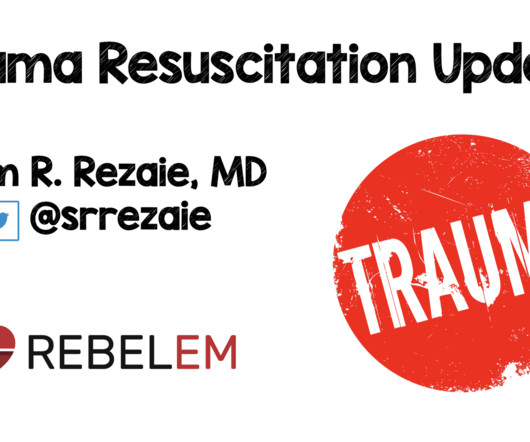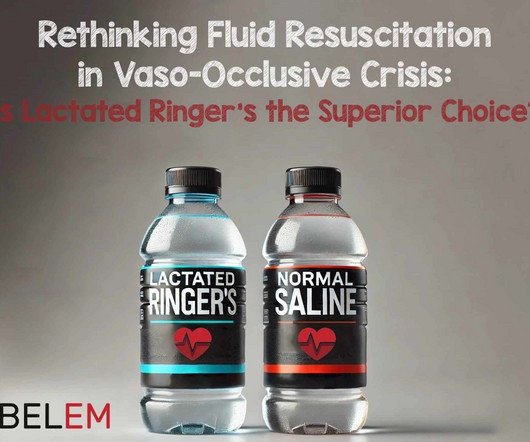Trauma Resuscitation Updates
RebelEM
MAY 25, 2023
Hypotensive resuscitation during active hemorrhage: impact on in-hospital mortality. Immediate Versus Delayed Fluid Resuscitation for Hypotensive Patients with Penetrating Torso Injuries. Anesth Analg 2021. The Role of Whole Blood Transfusions in Civilian Trauma: A Review of Literature in Military and Civilian Trauma.












Let's personalize your content